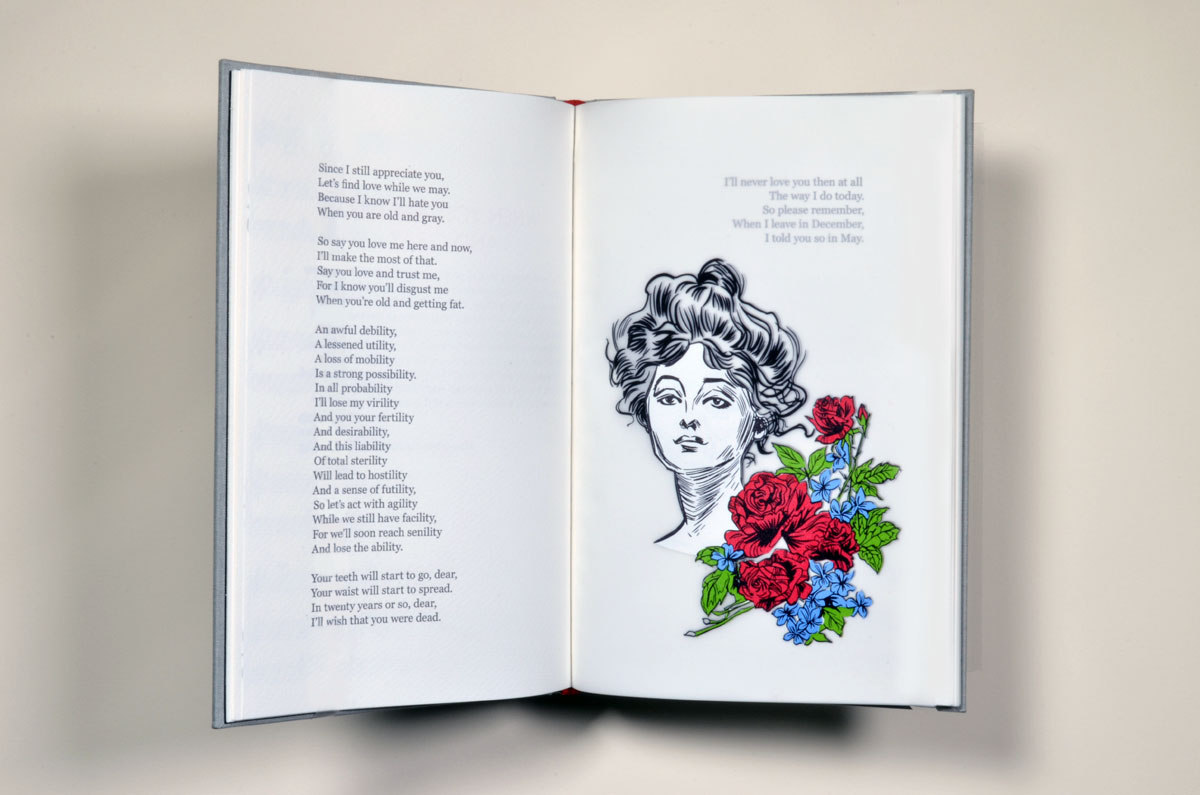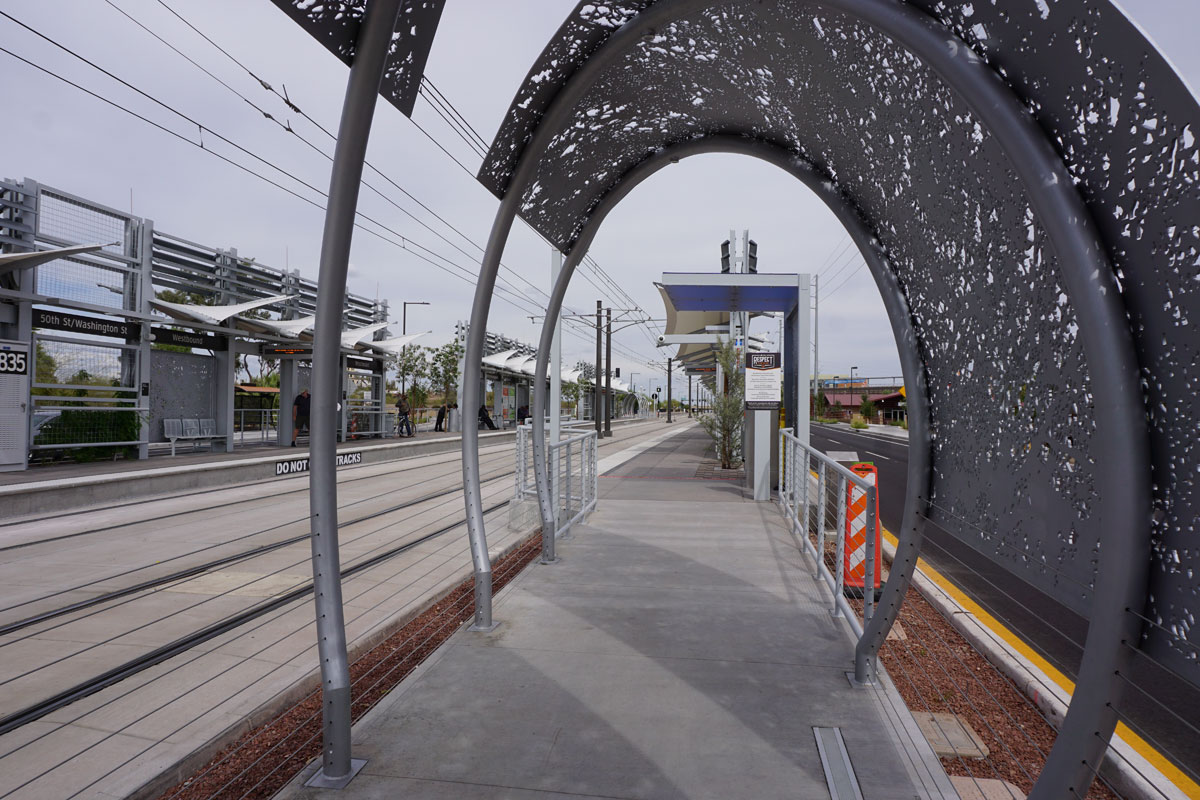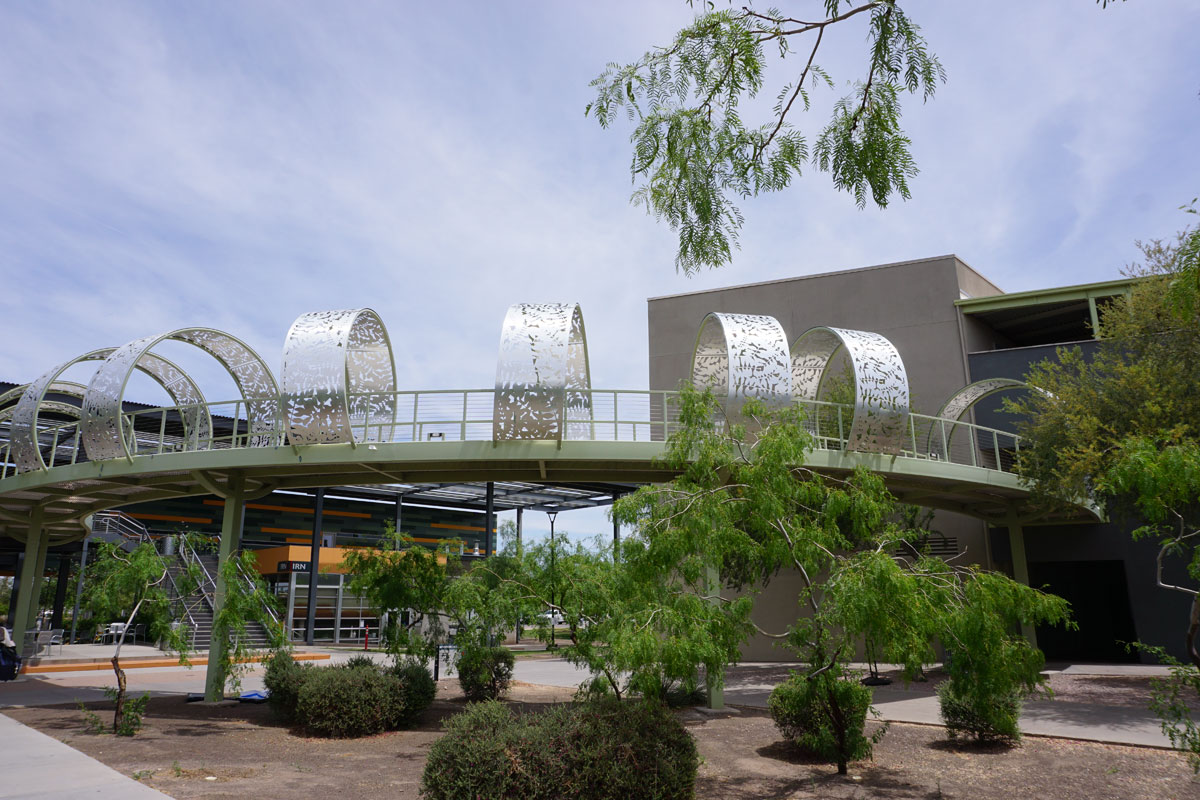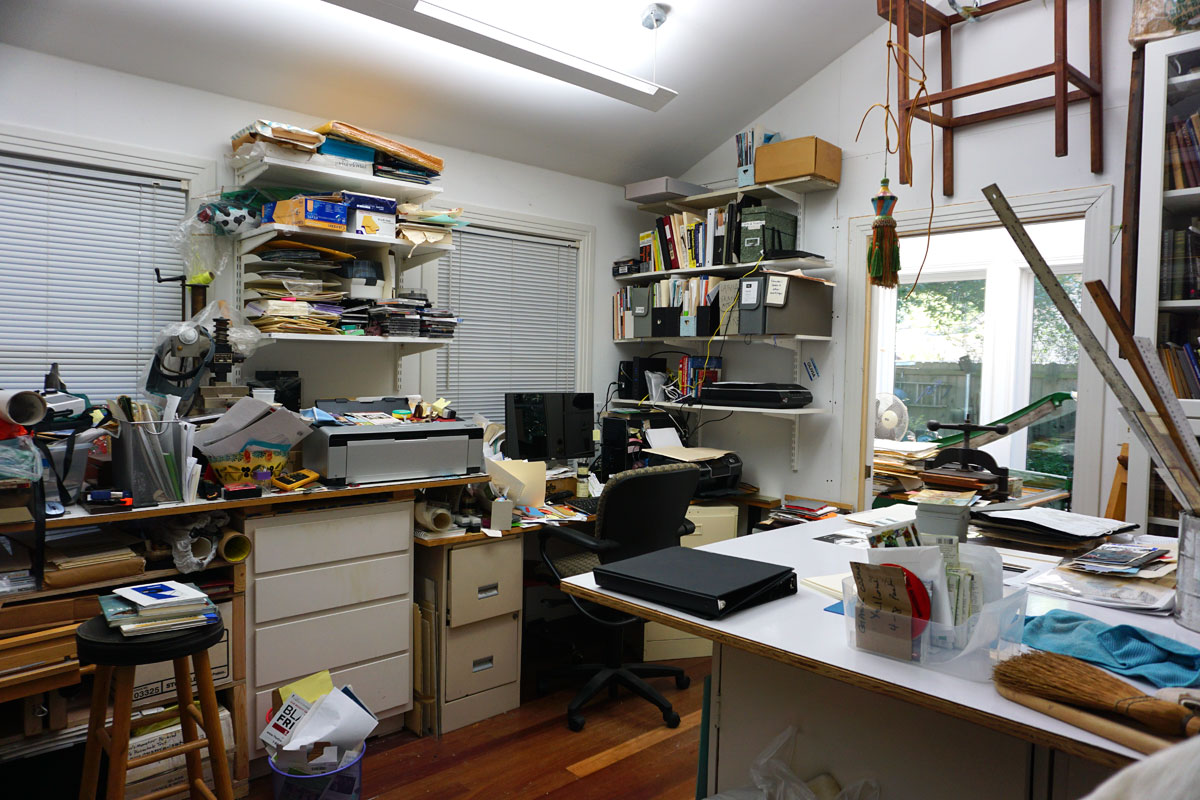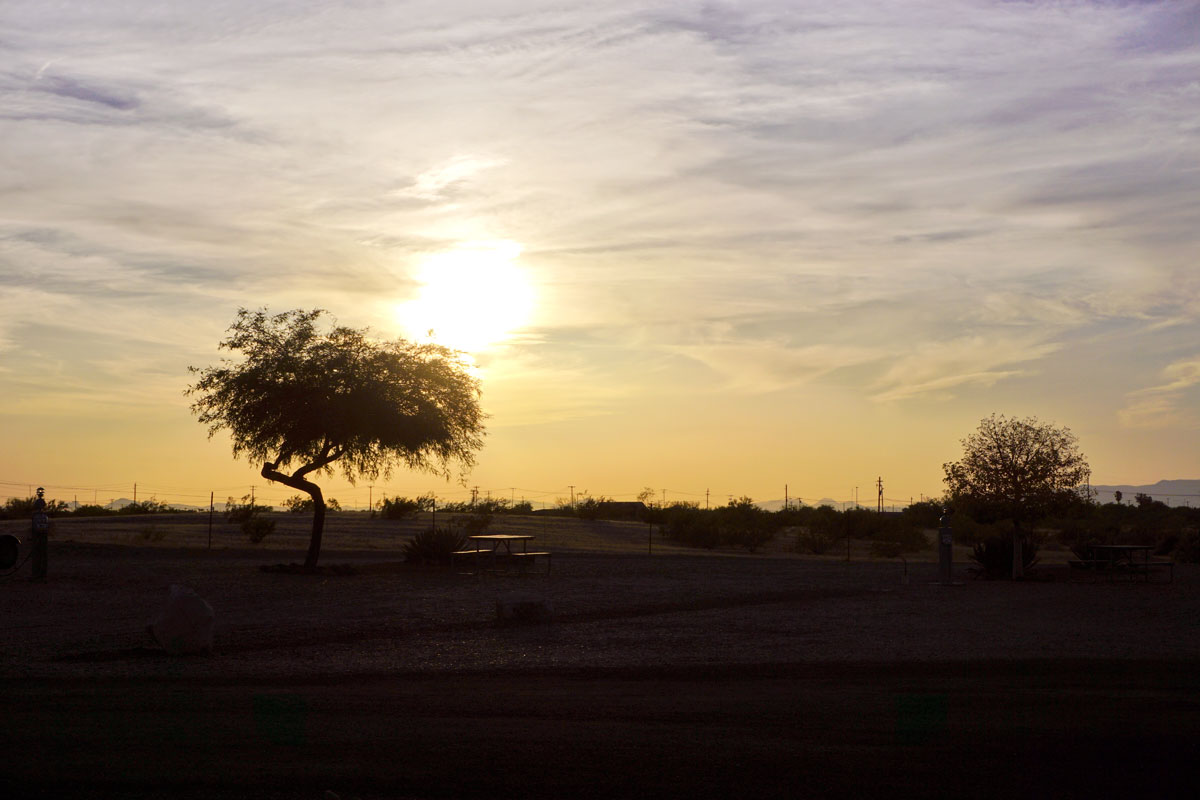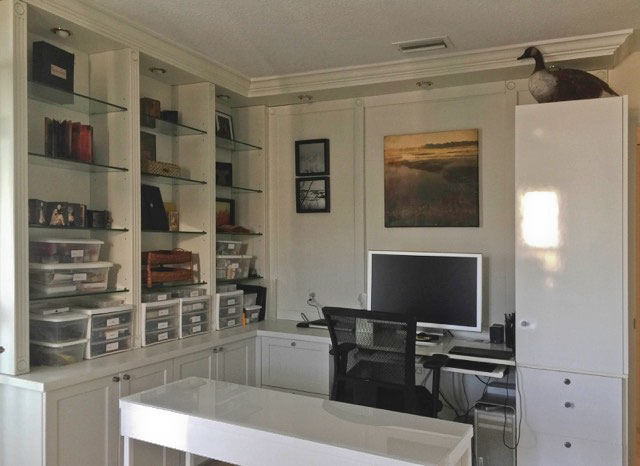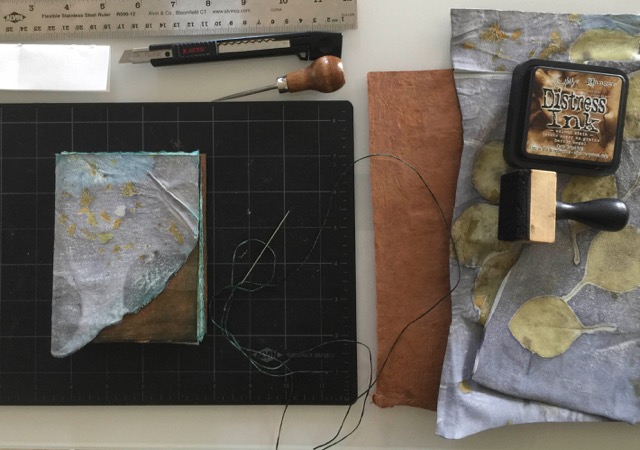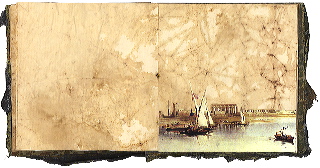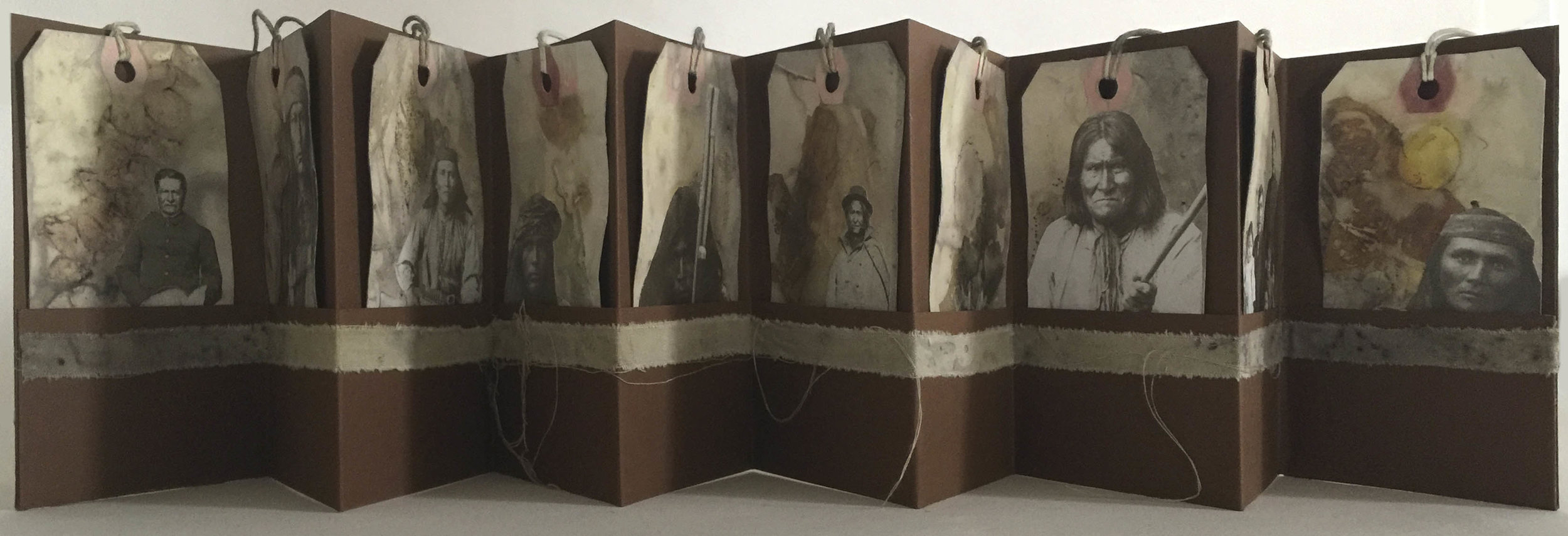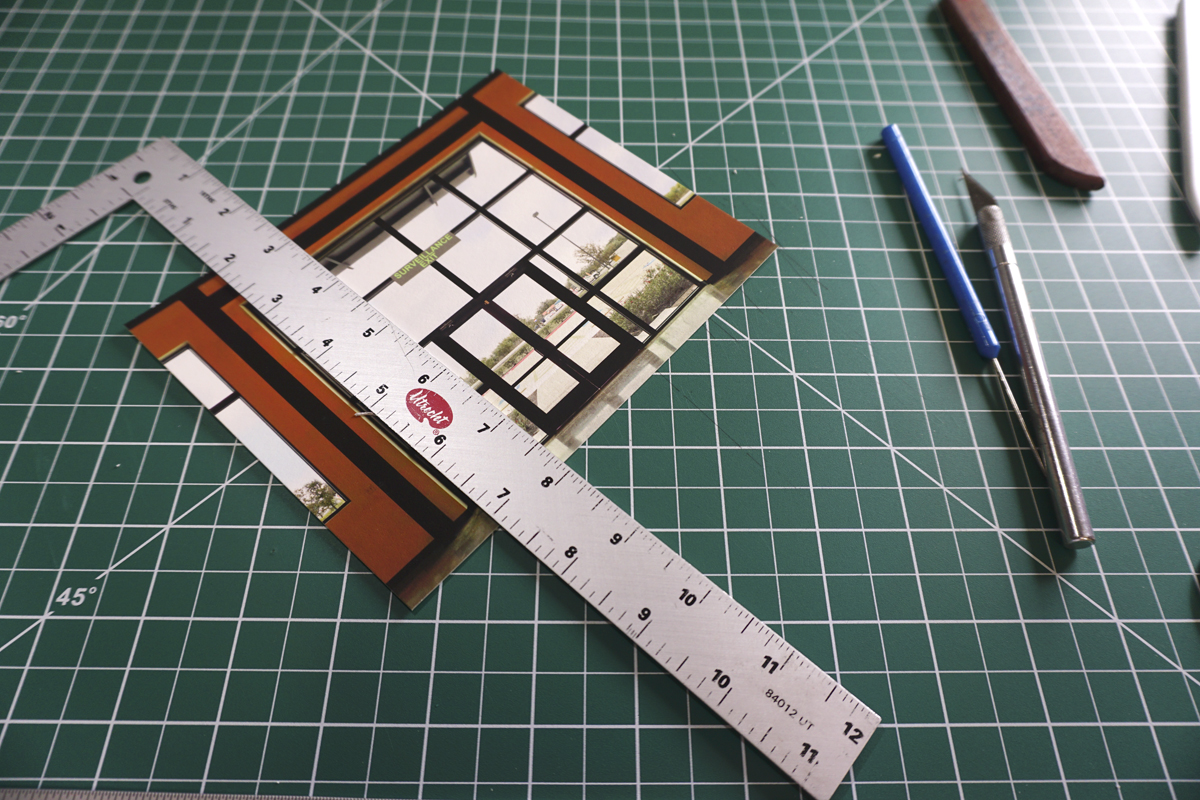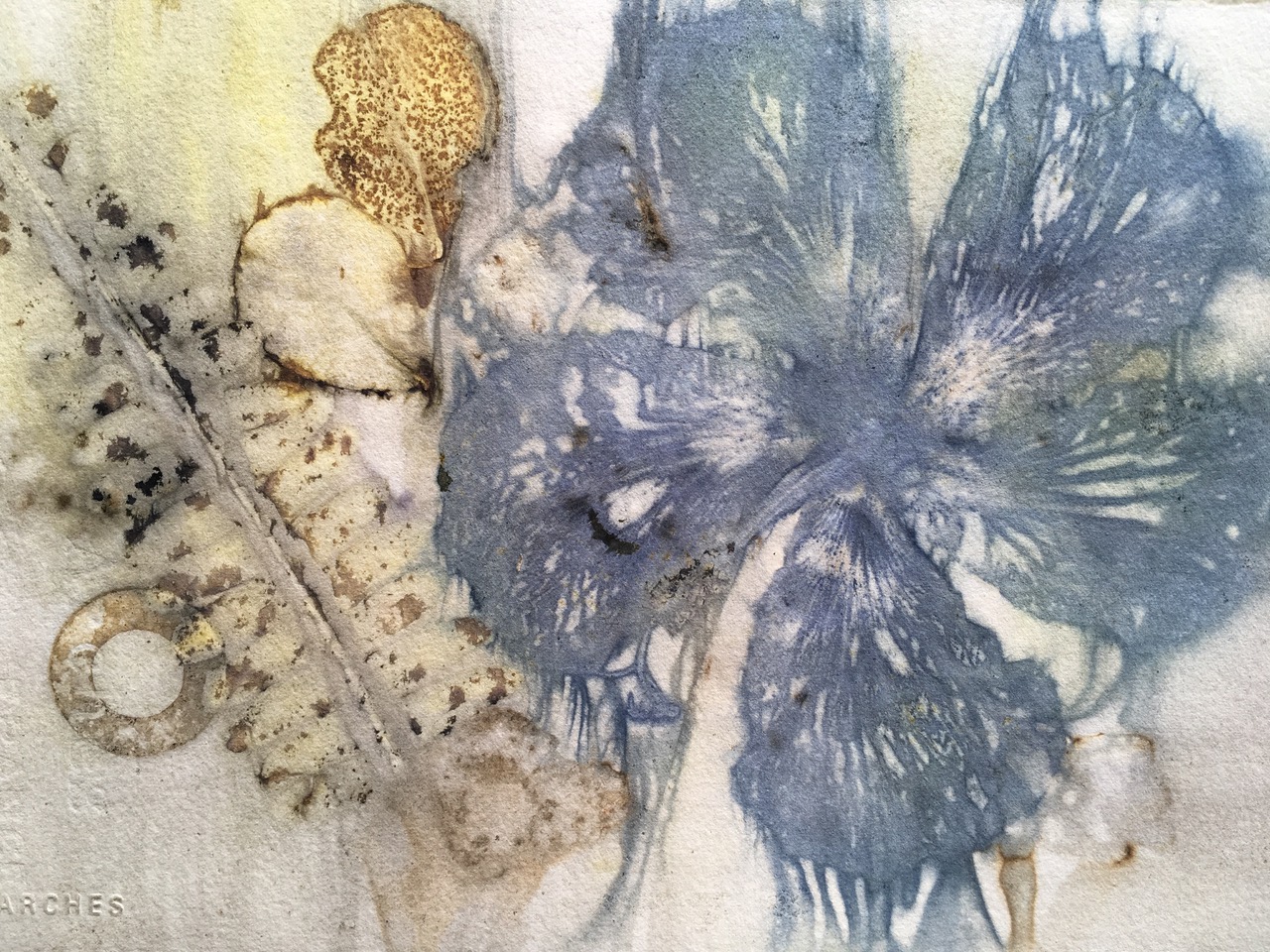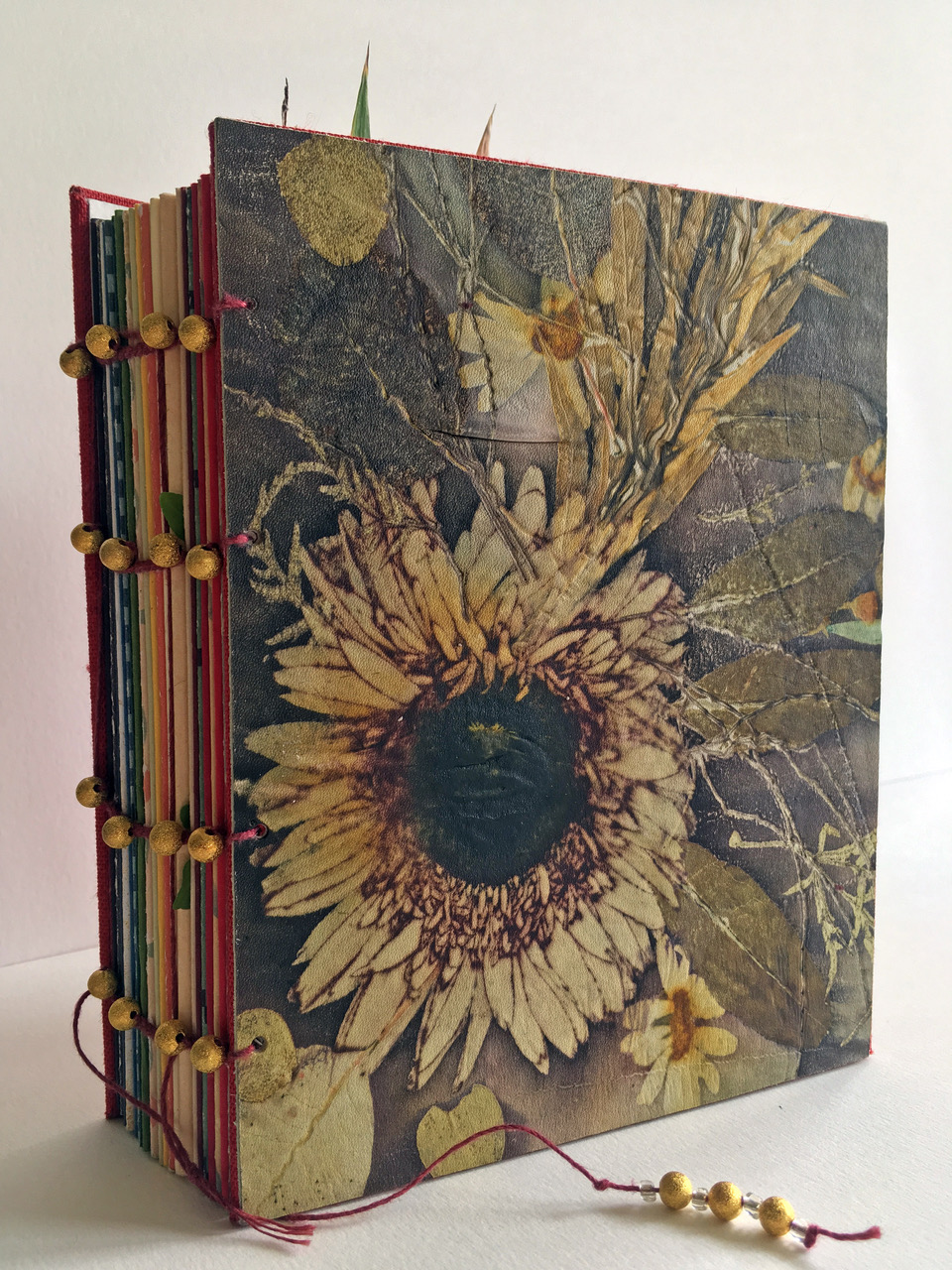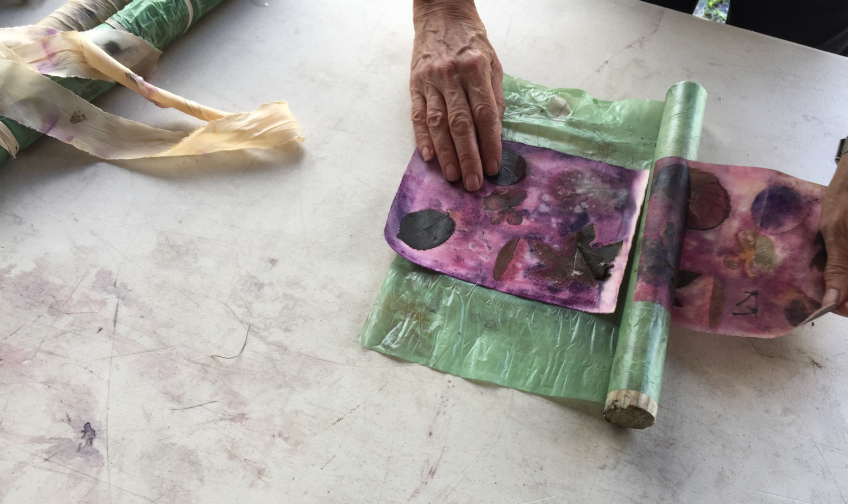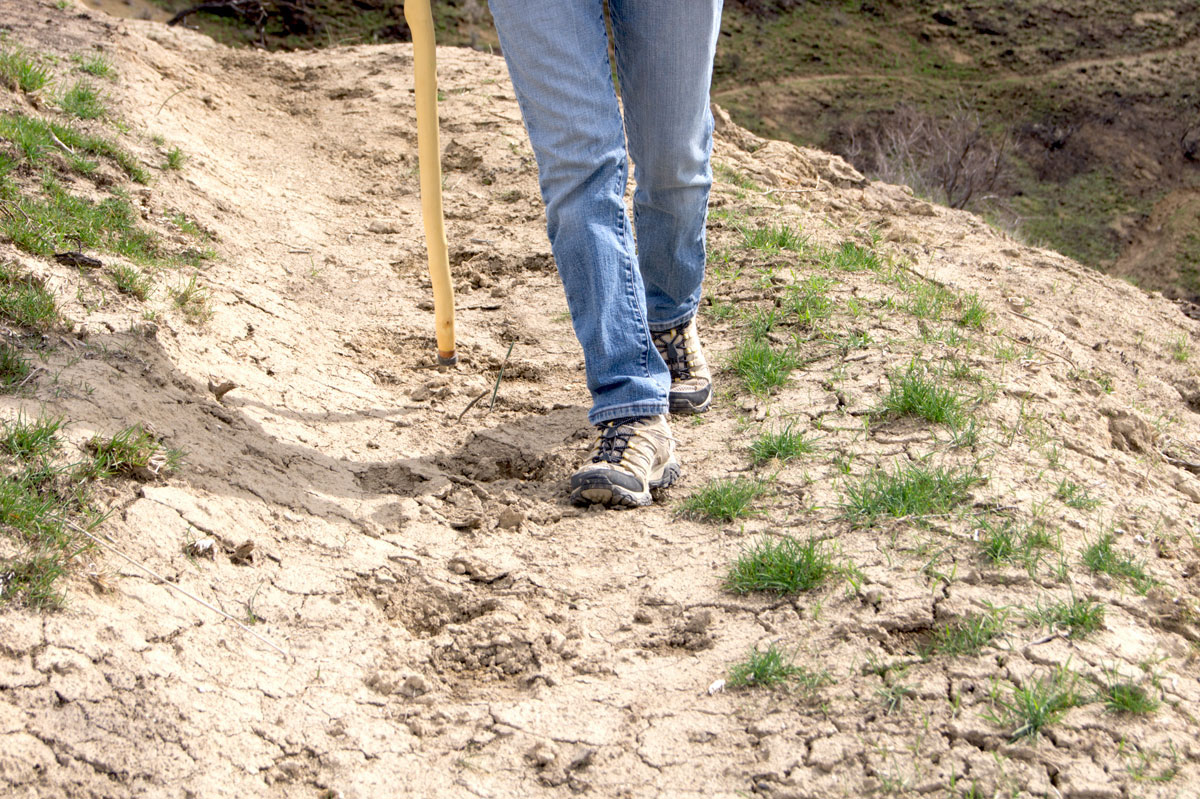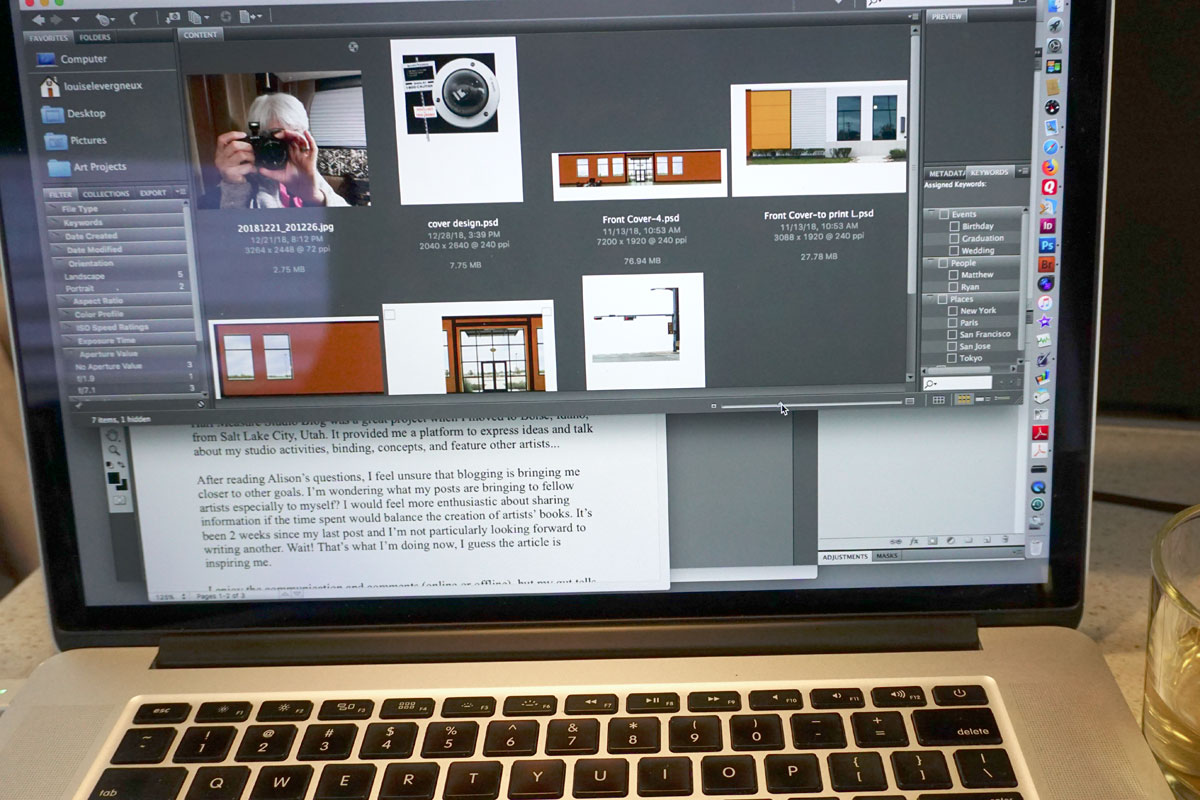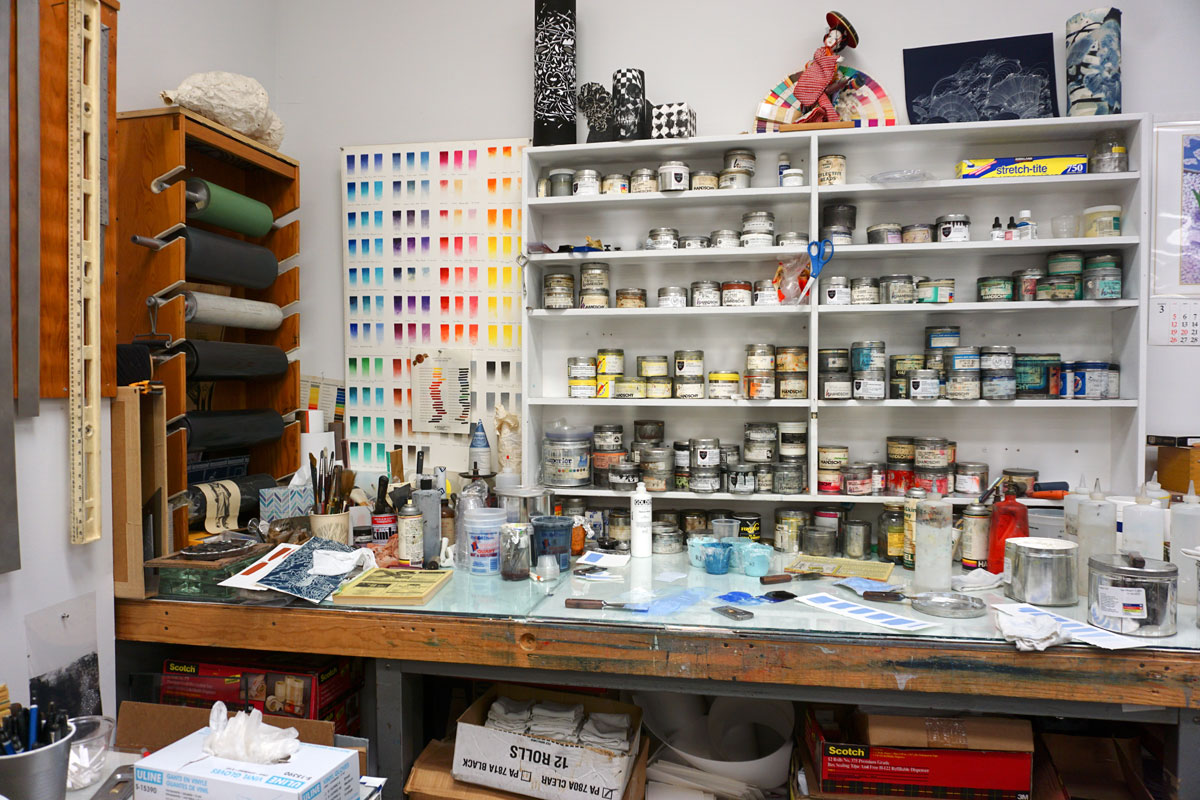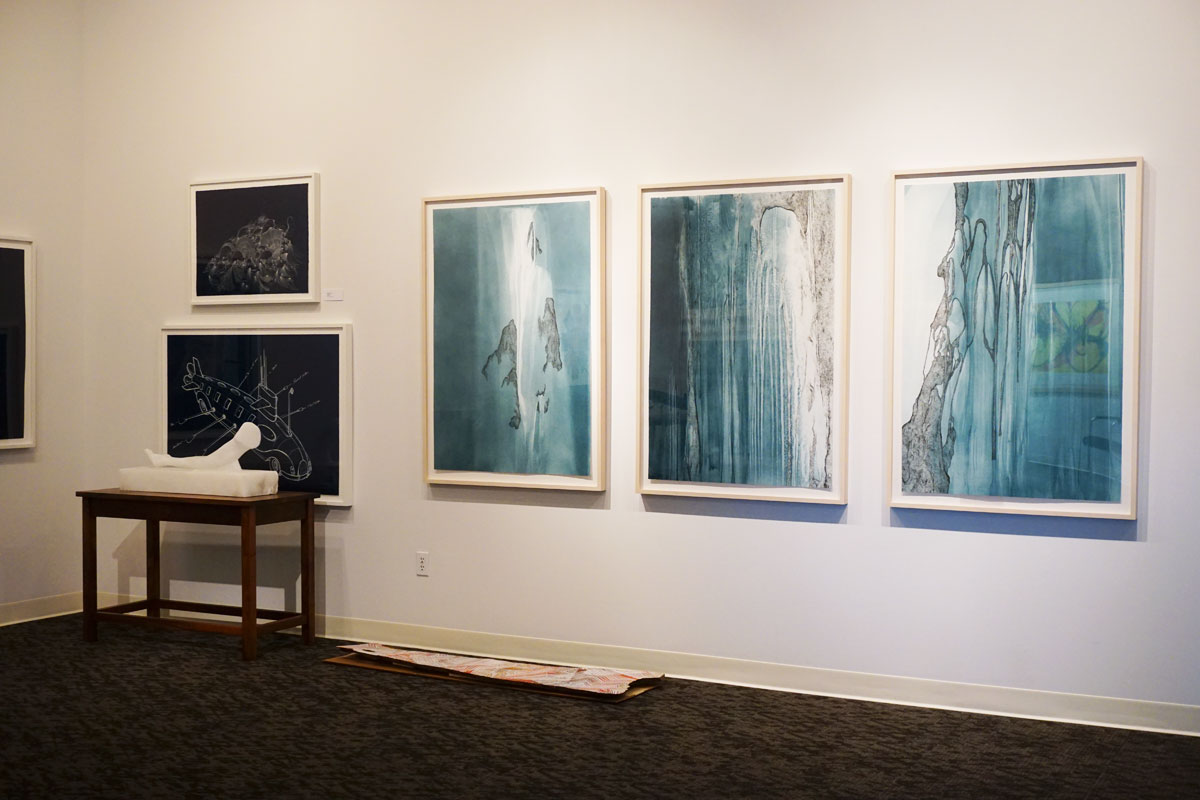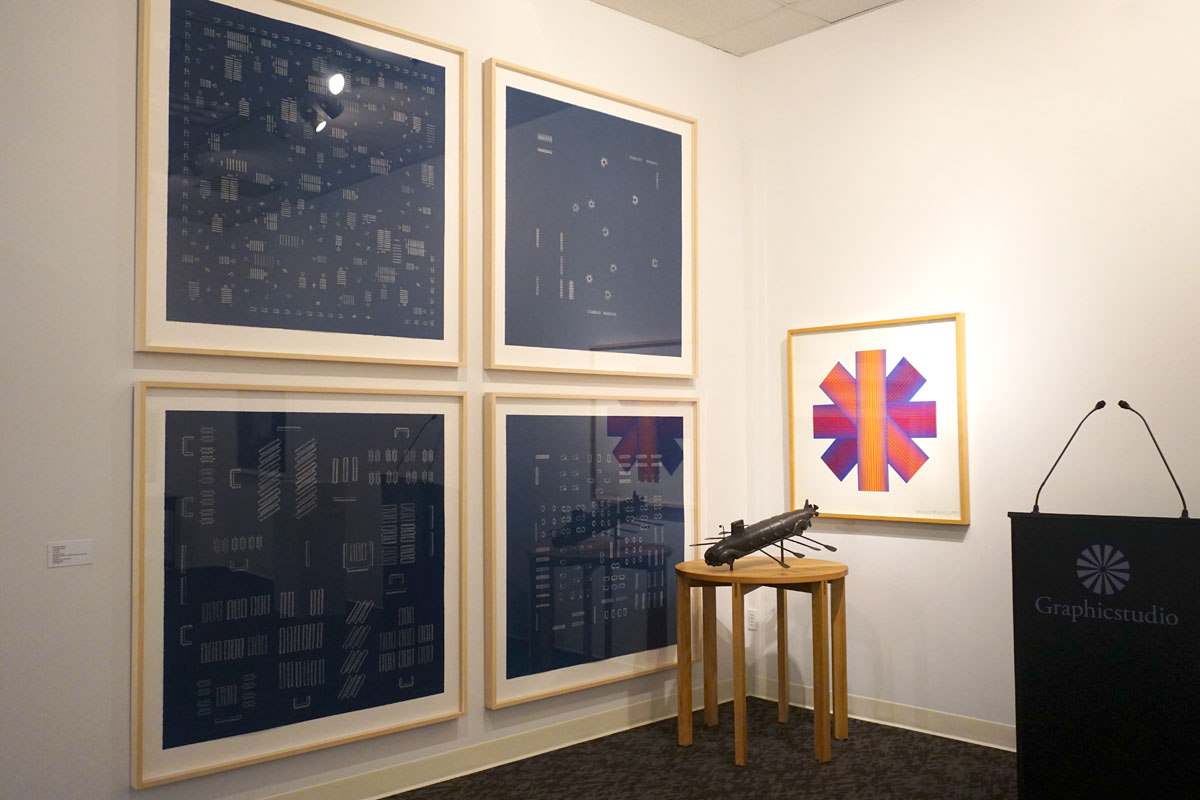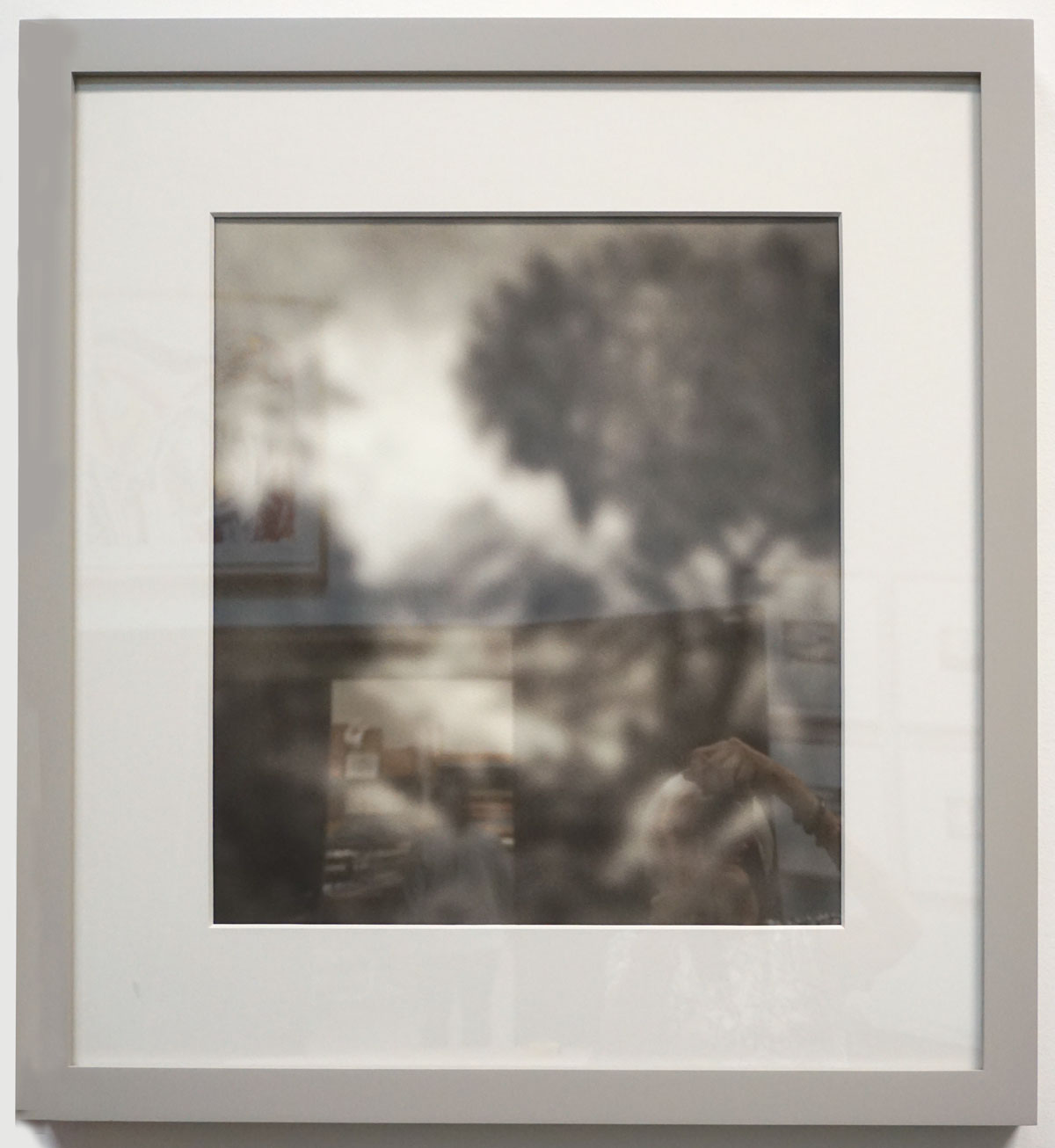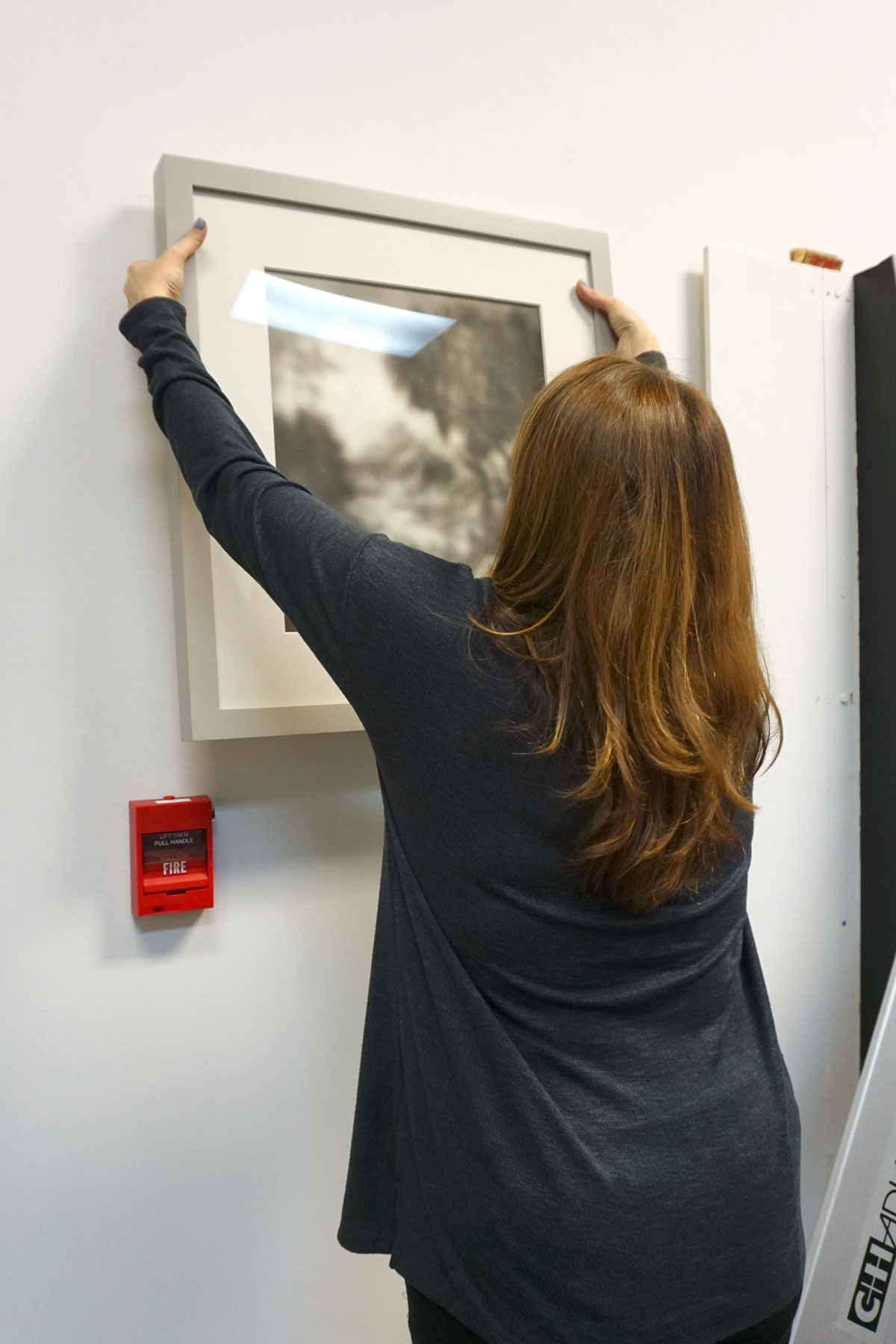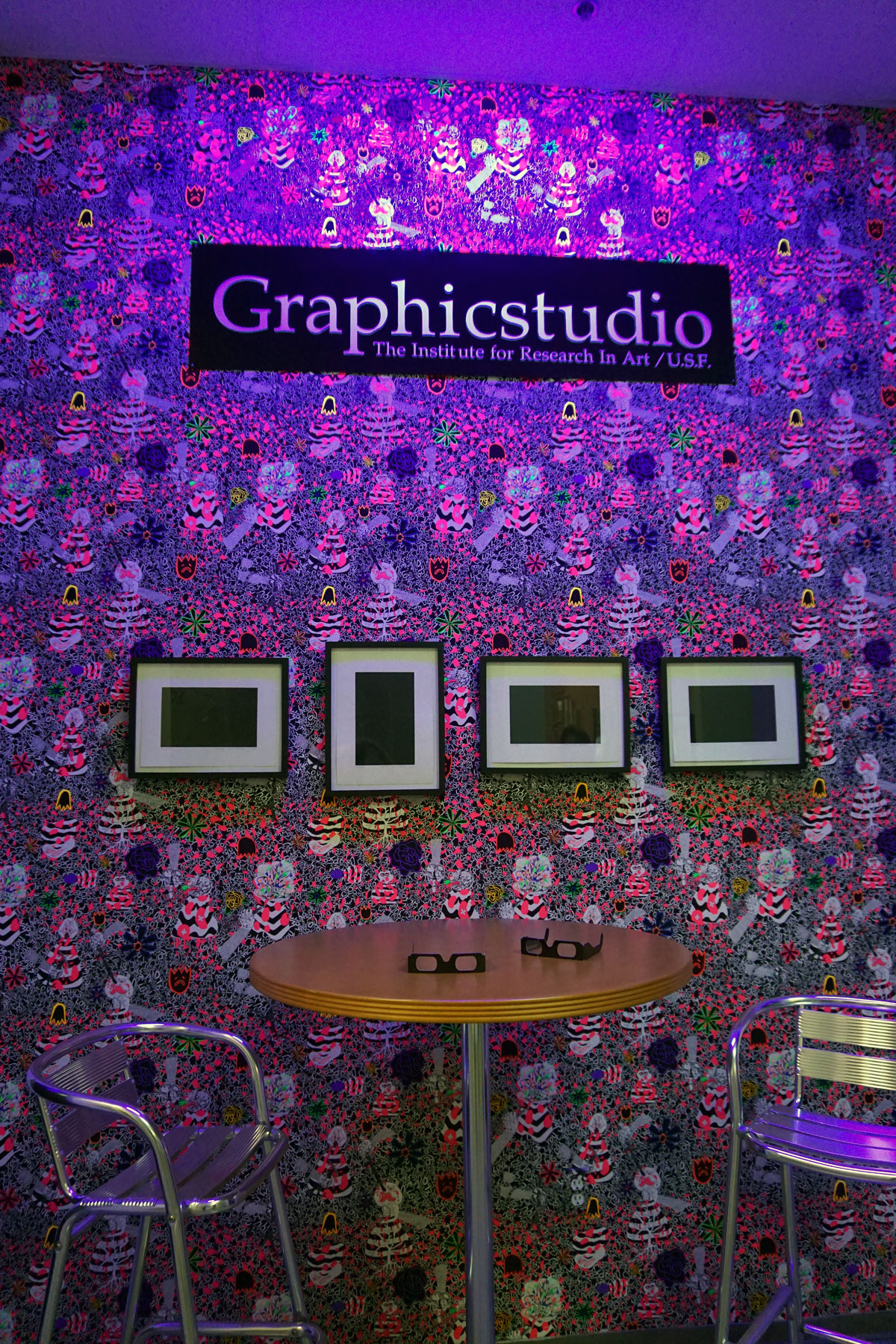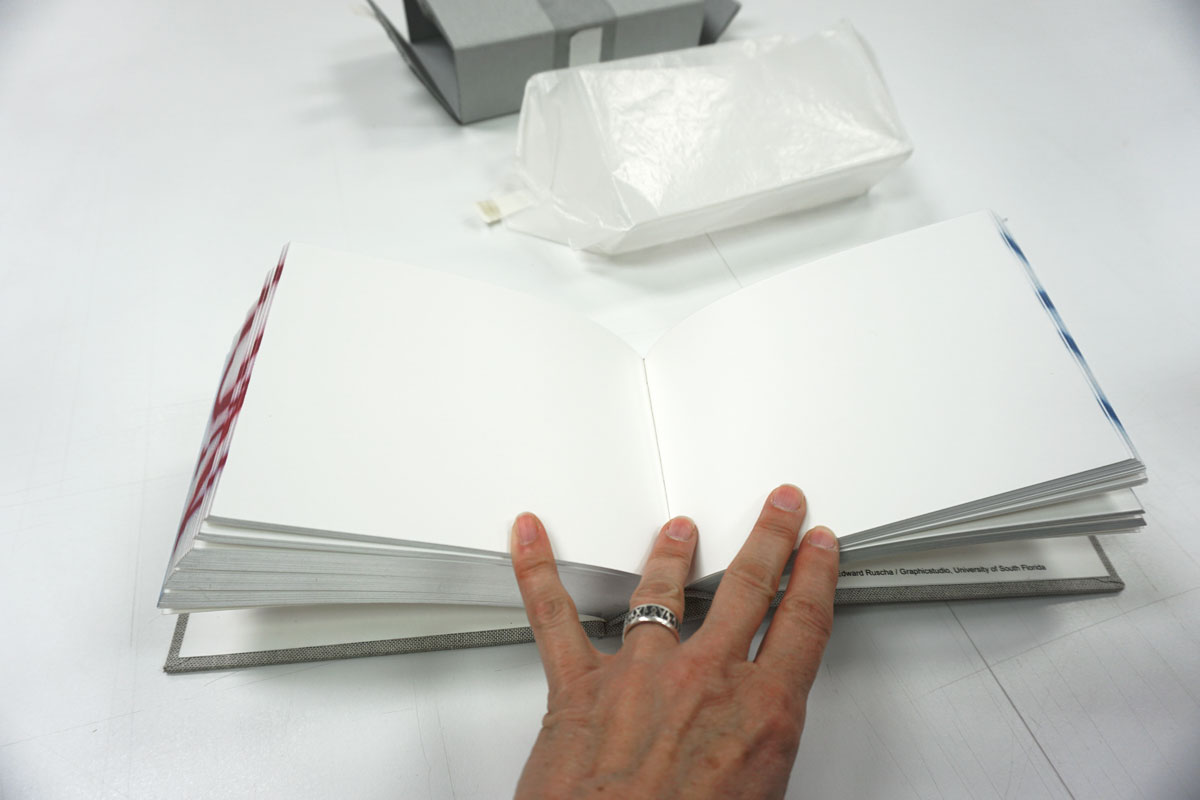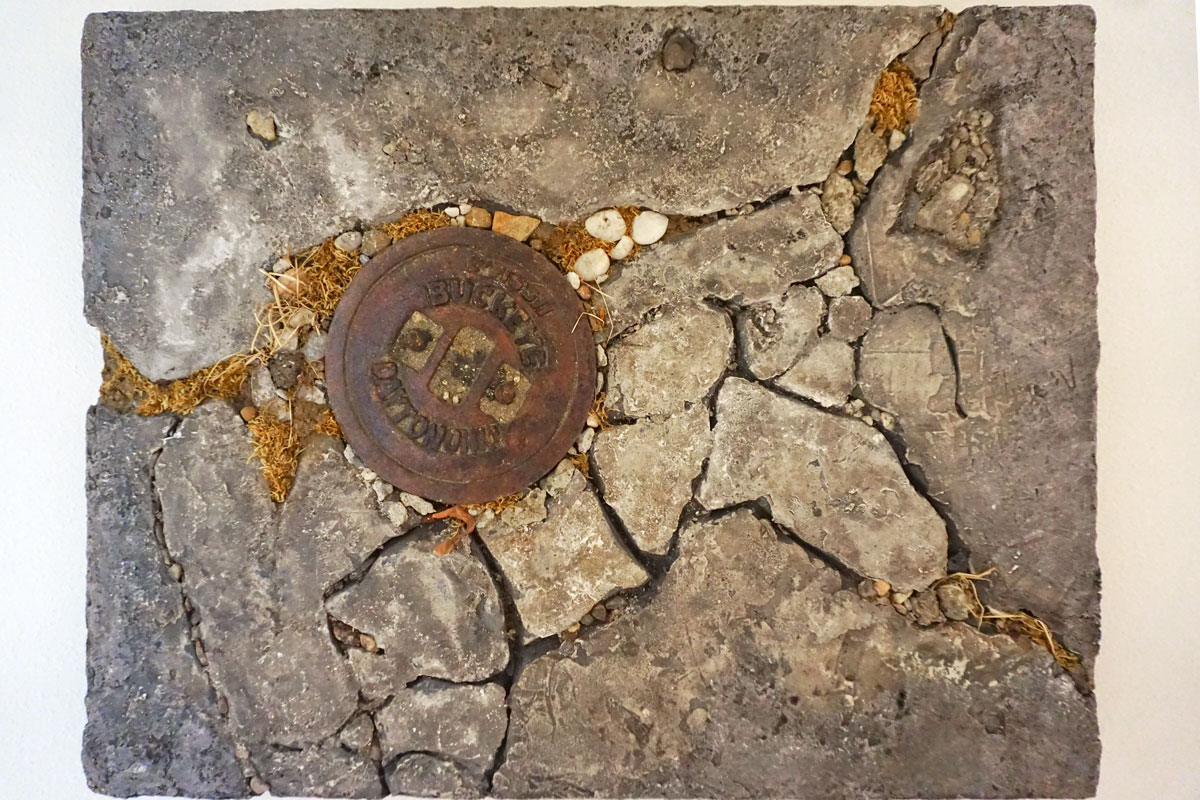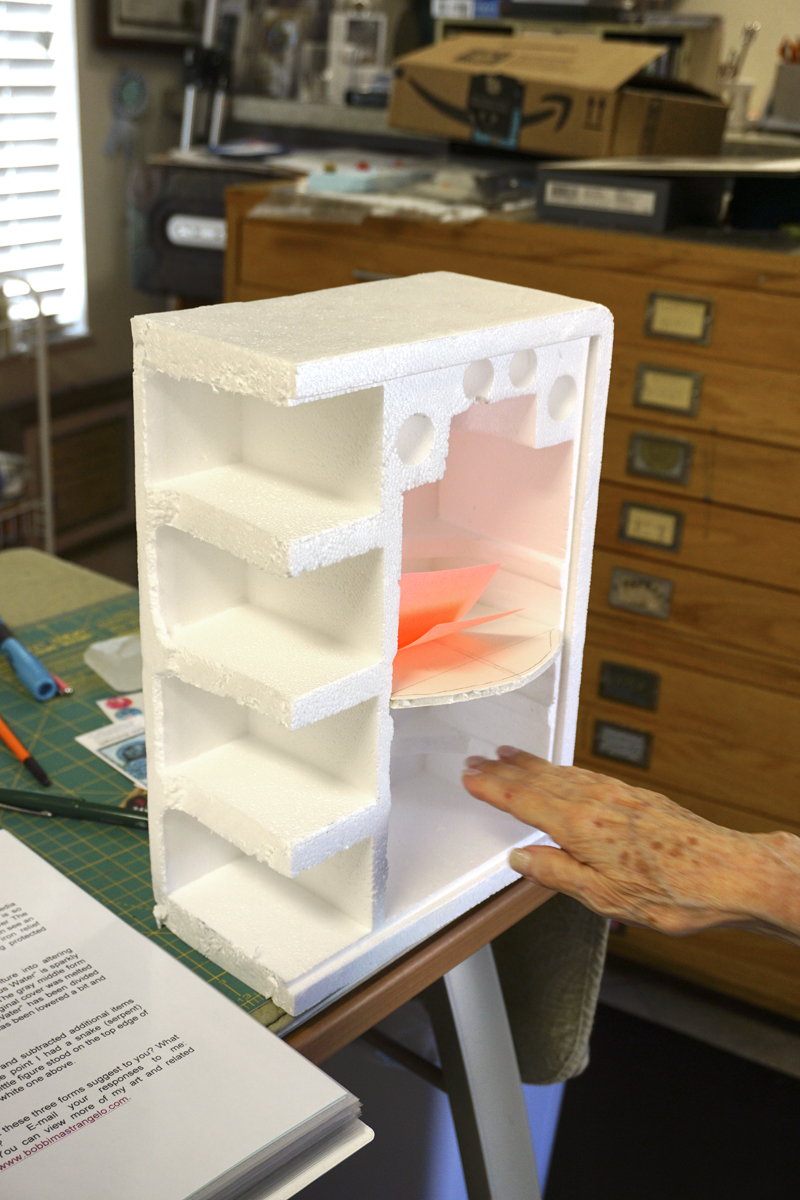Sorry for the delay on this post, I was literally in the woods of The Uinta Mountains in Utah, for a week with no connection to the outside world. Slowing down and resting, was good!
© 2019 Louise Levergneux. Quakin Aspens in the Uinta Mountains.
During my stay in Salt Lake City, I reached out to local artists working in book arts for a studio visit.
Victoria Birth, Book Repair Supervisor at the Material Acquisitions Department of Brigham Young University, was keenly interested in meeting. Instead of a rendez-vous at her private studio, Victoria invited me to visit the Harold B. Lee Library for a tour and get together with some colleagues.
© 2019 Louise Levergneux. The Harold B. Lee Library at Brigham Young University.
© 2019 Louise Levergneux. Inside the Harold B. Lee Library.
© 2019 Louise Levergneux. Meeting with (left) Christina Thomas Maloy, Conservator, of Rare Books and Manuscripts, (middle) Chris McAfee, Head Conservator of Rare Books and Manuscripts, (right) Victoria Birth, Binding Supervisor at the Material Acquisitions Department.
The Harold B. Lee Library is a research library containing slightly more than three million volumes located in the arid Intermountain West. The library consists of a main library, as well as separate business, museum and learning resource center libraries. All repair work is properly handled by the Harold B. Lee Library’s Book Repair Unit located in the main library. The library additionally has a Conservation Lab responsible for the treatment of its special collections material. While separated physically within the main library the Lab collaborates with the Book Repair Unit as needed to help establish and improve treatment standards, order specific supplies, and provide advanced training.
© 2019 Louise Levergneux. The Harold B. Lee Library’s Book Repair Unit.
© 2019 Louise Levergneux. Victoria Birth, Binding Supervisor in front of her desk at the Harold B. Lee Library’s Book Repair Unit.
The Book Repair Unit where some of the Harold B. Lee Library’s 6,000,000 volume collection gets repaired, is overseen by Victoria Birth and faithfully executed by competent, part-time staff of students.
Victoria equally creates book arts: Evenings Wasted and Pigeons Poisoned was produced in 2018 to meet the thesis requirements for her MFA Book Arts degree at The University of Alabama.
Evenings Wasted and Pigeons Poisoned is a tribute to the work of Tom Lehrer, a musical satirist whose work came to light in the 1950s. This book showcases ten of his songs, paired with illustrations representing the juxtaposition of lovely music and disturbing subject matter. The introduction is a comprehensive account of Lehrer’s life up to and during his performance career giving context to his calling. This book is intended to show the viewer how multi-faceted Lehrer and his work is while bringing a guilty and uncomfortable smile to your face.
© 2018 Victoria Birth. Evenings Wasted and Pigeons Poisoned cover and slipcase.
© 2018 Victoria Birth. Detail of Evenings Wasted and Pigeons Poisoned.
© 2018 Victoria Birth. Detail of Evenings Wasted and Pigeons Poisoned.© 2018 Victoria Birth. Detail of Evenings Wasted and Pigeons Poisoned.
© 2018 Victoria Birth. Detail of Evenings Wasted and Pigeons Poisoned.
© 2018 Victoria Birth. Detail of Evenings Wasted and Pigeons Poisoned.
While at the Harold B. Lee Library, Victoria and I met with Christopher McAfee, the library's Head Conservator of Rare Books and Manuscripts.
© 2019 Louise Levergneux. Chris at his work station in the conservation lab of the Harold B. Lee Library.
© 2019 Louise Levergneux. Staff hard at work at the conservation lab at the Harold B. Lee Library.
© 2019 Louise Levergneux. Work space and paper storage at the conservation lab.
I met Chris McAfee, in 2010, then an instructor in bookbinding and artists books of the Marriott Library Books Arts Program at the University of Utah.
Chris received a BFA in printmaking in 1993 from Brigham Young University where he began learning to bind books. Subsequently in 1995, Chris was awarded an MFA in bookbinding from the University of Alabama, where he began learning book conservation. He has spent the last 20 years conserving and preserving books, documents, photographs, and other artifacts.
As a bookbinder, book artist, and book and paper conservator, Chris is knowledgeable and experienced with archival materials, examinations, and treatments.
© 2018 Christopher McAfee. Frankenstein
© 2018 Christopher McAfee. Frankenstein, seemed to Chris like an obvious choice for his following book after City of Saints.
City of Saints is the first Mormon steampunk novel, an action-packed story with clockwork mechanisms, steam-coaches, and a futuristic vision of the 1859 west. Gears, pipes, and moving parts combine to share a glimpse into the story’s inner workings.
I am intrigued that the formation of such a work is not executed by the book artist alone, but by the combination of writer, artist, and reader. The writer gathers a narrative and the artist forms a design, but the book is not complete until the reader forms a vision as they react to the design and recite the story.
© 2018 Christopher McAfee. City of Saints, click here to view the mechanism at work.
© 2018 Christopher McAfee. City of Saints.
© 2012 Christopher McAfee. I was delighted to be introduced to Fantasy and Nonsense or “Tim” by Chris. A wonderful book presentation.
Christina Thomas Maloy, Conservator, of Rare Books and Manuscripts was also present and talked about the plans for the library and presented some of her most recent work. While conservation dominates Christina’s work, she finds time in her busy life to let her bookbinding imagination run wild.
© 2018 Christina Thomas Maloy. The Country Diary of An Edwardian Lady by Edith Holden, a facsimile publication (1977) of her 1906 naturalist’s diary.
Christina was first trained as a book repair technician while a Brigham Young University student from 2000–2004. She later completed the two-year bookbinding program at the North Bennet Street School in Boston from 2006-2008. She joined the Harold B. Lee Library staff in 2009 as the Book Repair Assistant, and in July 2013 was welcomed as a full time book conservator.
I enjoyed observing the consistencies and changes in the Conservation Lab since my last visit at the Harold B. Lee Library back in 2015. I was also fascinated by the intense commitment to the field and the creative elements of these conservator's work.
© 2019 Louise Levergneux. Kanarraville’s countryside in Utah.
During the month of July, I will be passing through Wyoming, Nebraska, Iowa, Minnesota, Wisconsin, and Michigan before crossing the border into Canada.










